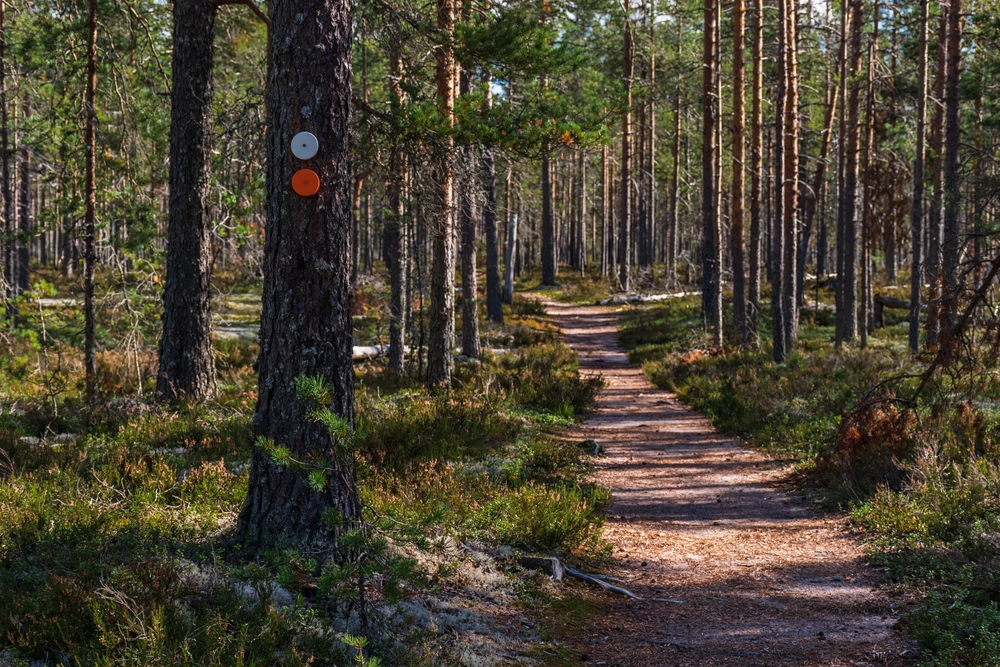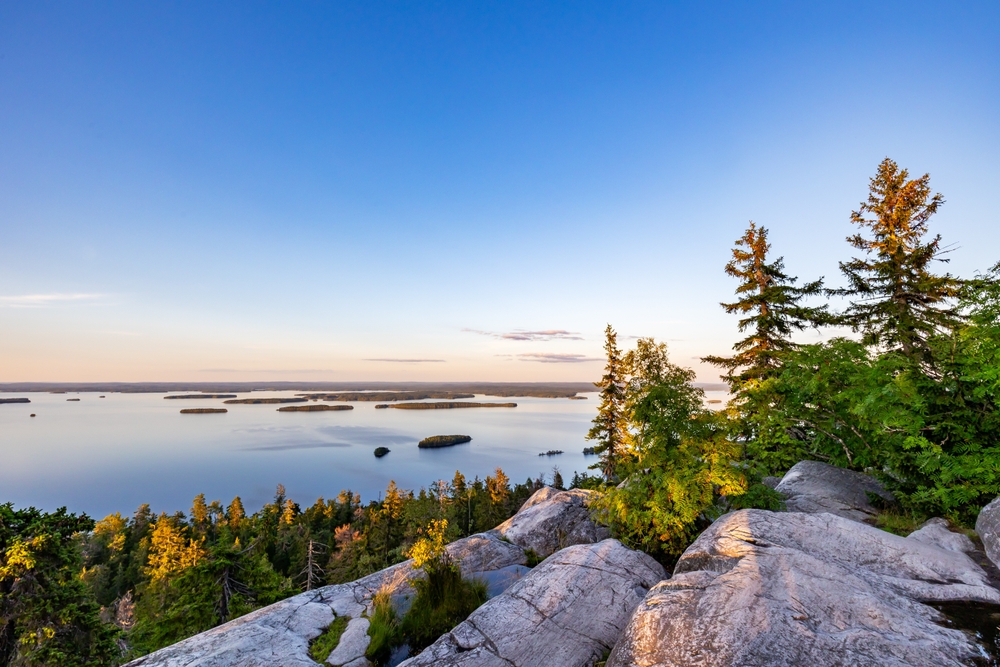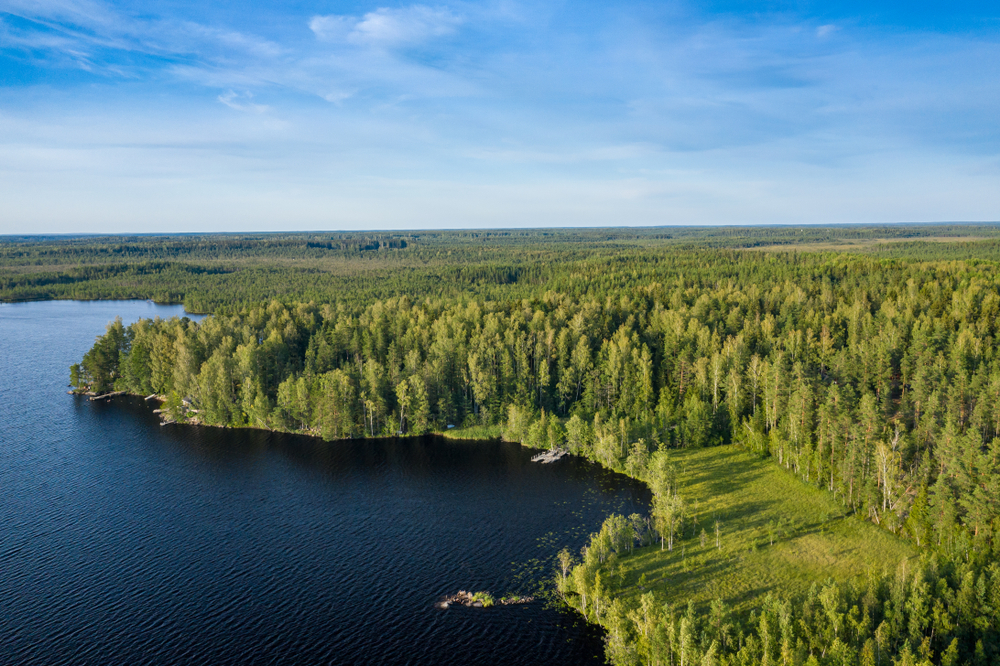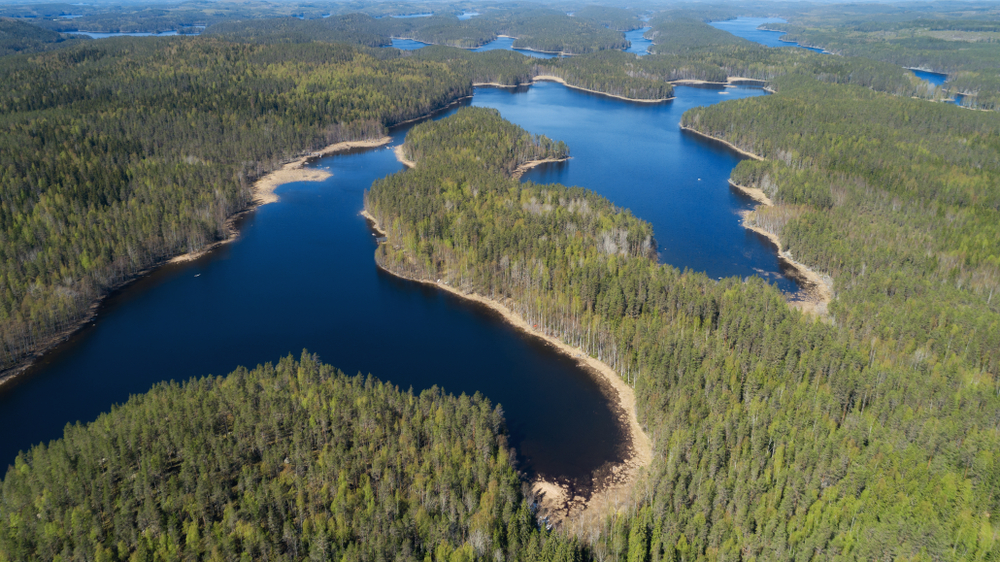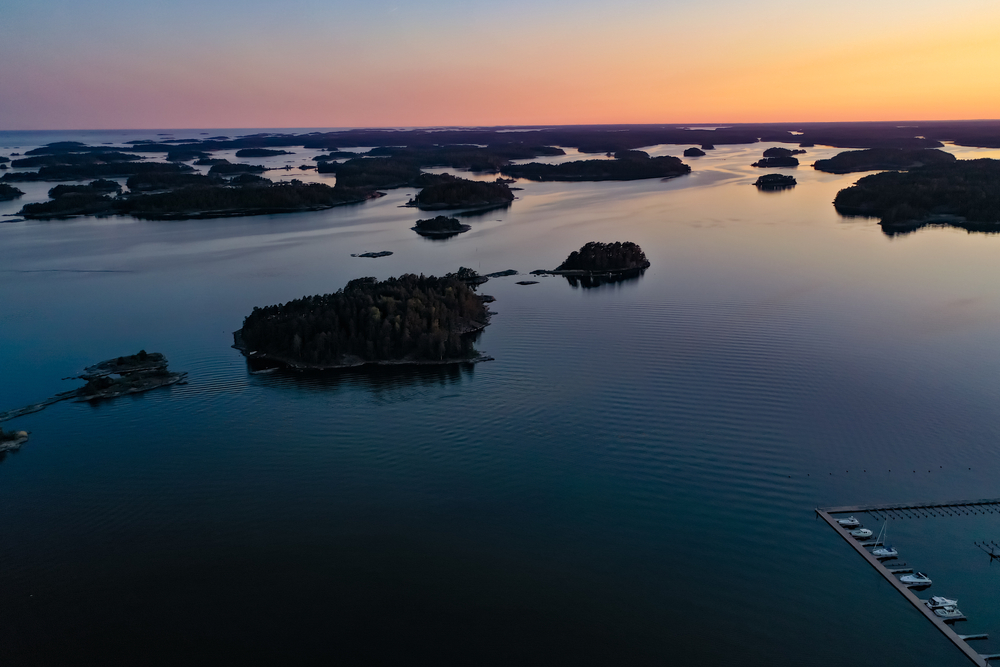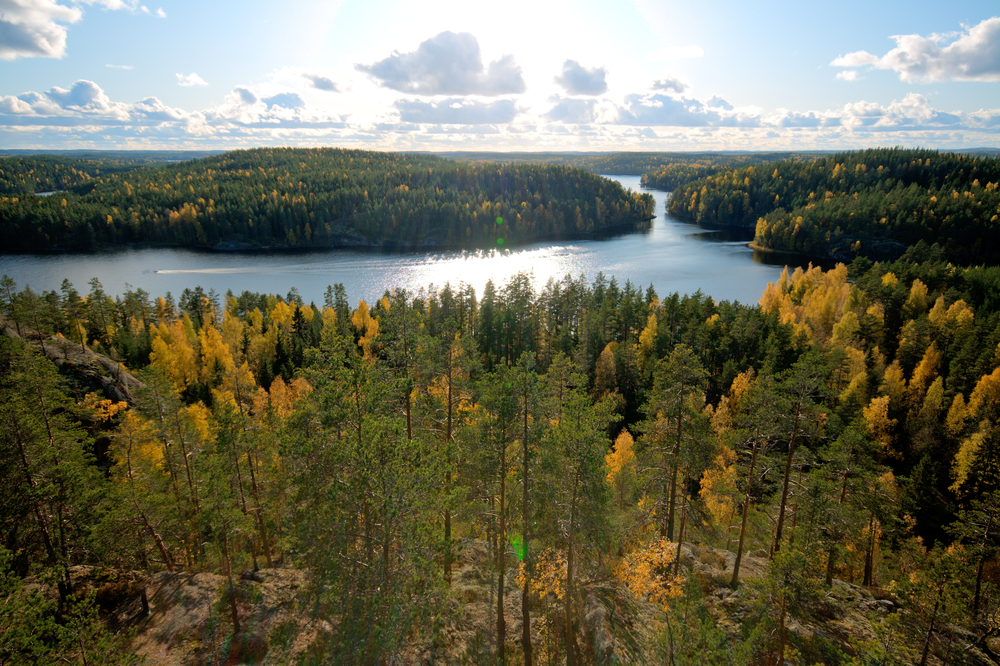Leivonmäki Overview
Leivonmäki National Park (Leivonmäen kansallispuisto) is a tranquil protected area located in central Finland, specifically in the Jyväskylä region of Central Finland. Covering an area of approximately 22 square kilometers (8.5 square miles), this national park is a pristine example of Finland’s diverse natural landscapes.
Established in 2003, the park offers an excellent representation of Finnish boreal forests, wetlands, and lake systems. It is a favored destination for nature lovers who seek to experience the peaceful beauty of Finland’s untouched wilderness.
The terrain of Leivonmäki National Park is defined by a mix of forests, eskers, bogs, and lakes, all shaped by glacial activity thousands of years ago. The park is particularly known for the Harjujärvi and Rutajärvi lakes, which are bordered by sandy beaches and rugged cliffs. Eskers, such as Joutsniemi Ridge, are prominent glacial formations that create dramatic, undulating landscapes and serve as natural pathways through the park.
Peatlands and mires are widespread, offering essential habitats for a variety of wildlife while adding to the serene and untouched atmosphere of the park. The forests, mainly composed of spruce, pine, and birch, provide rich ecosystems that thrive throughout the year.
Leivonmäki National Park is home to an impressive array of wildlife, making it a great location for birdwatching and nature observation. The park shelters many species of birds, including the black woodpecker, Eurasian three-toed woodpecker, and the capercaillie. Waterfowl such as swans and grebes are frequently seen along the lakeshores, while cranes and whooper swans can be spotted in the wetlands.
Among mammals, visitors might encounter moose, roe deer, red foxes, and even lynxes, though these elusive predators are rarely seen. Smaller forest-dwelling species such as hares, squirrels, and voles are abundant, making the ecosystem lively and diverse. During the right season, the park becomes an excellent place to experience the magical display of migrating birds.
One of the park’s most popular features is the Joutsniemi Ridge, a scenic esker that offers breathtaking panoramic views over the lakes. Hikers often follow the well-maintained trails to reach this vantage point, particularly during autumn when the forest foliage turns into stunning shades of orange, yellow, and red. The park has several marked trails, including short routes suitable for families and more challenging paths for experienced hikers.
The Mäyrämäki Trail is a particularly rewarding route, leading through varied terrain and providing insight into the park’s diverse habitats. The clear waters of Rutajärvi Lake and Harjujärvi Lake invite visitors for swimming, canoeing, and fishing, particularly in the summer months when the weather is warm. In winter, the park transforms into a snowy wonderland, where skiing and snowshoeing become the primary activities.
Conservation efforts in Leivonmäki National Park have focused on preserving its delicate wetland and esker ecosystems. Finland’s national parks are known for their effective management strategies, and Leivonmäki is no exception. Restoration projects have been undertaken to maintain the health of the mires and prevent tree overgrowth in certain areas, ensuring that the diverse habitats remain intact for the species that rely on them.
Challenges such as climate change and human impact continue to pose threats to the park, but ongoing conservation work and strict environmental regulations help maintain the park’s ecological balance. Leivonmäki National Park remains a peaceful haven for wildlife and visitors alike, offering a glimpse into Finland’s stunning natural beauty while reinforcing the importance of conservation.











































































